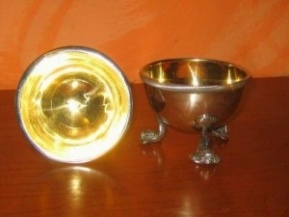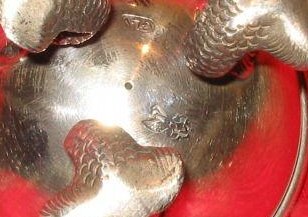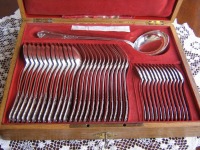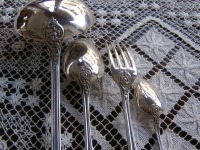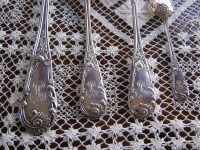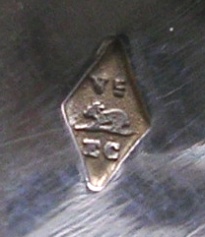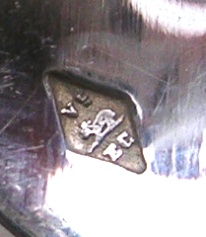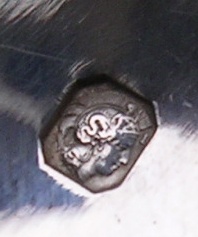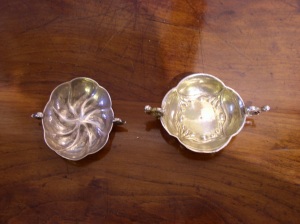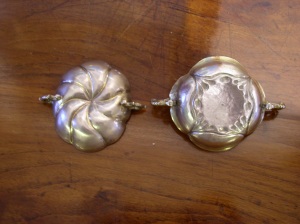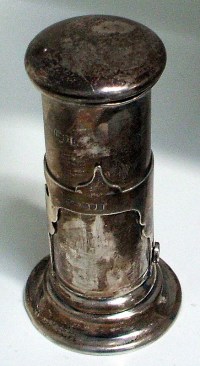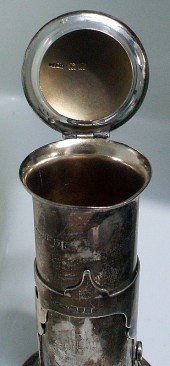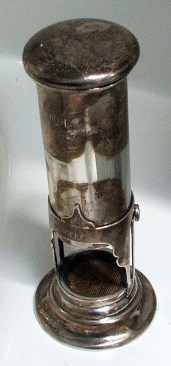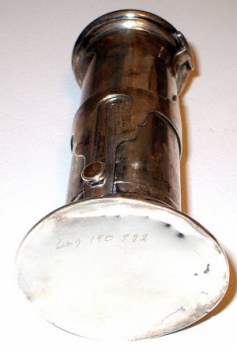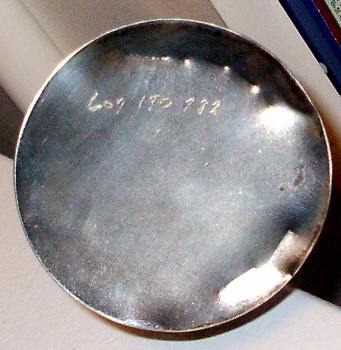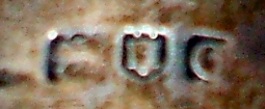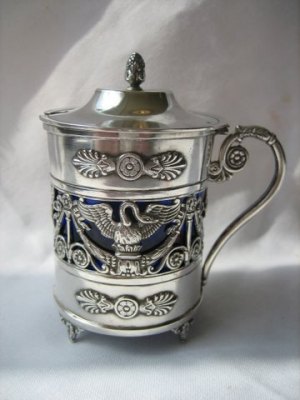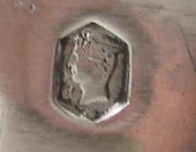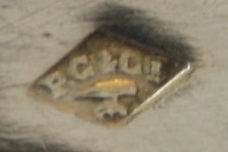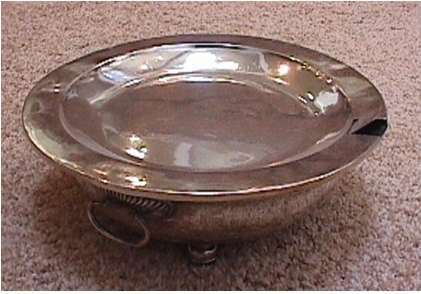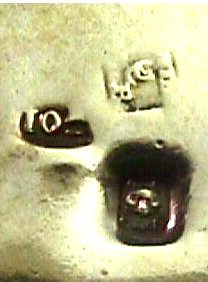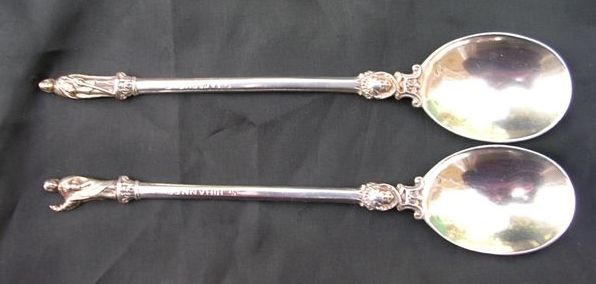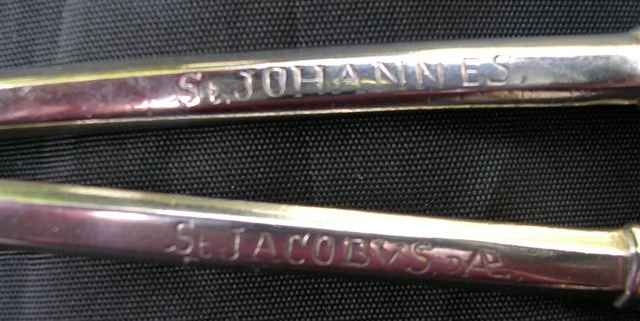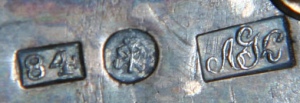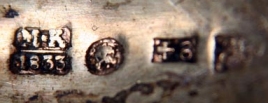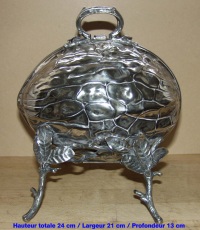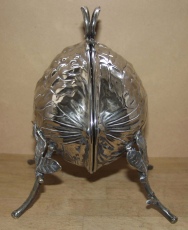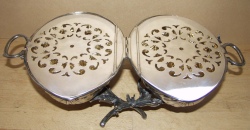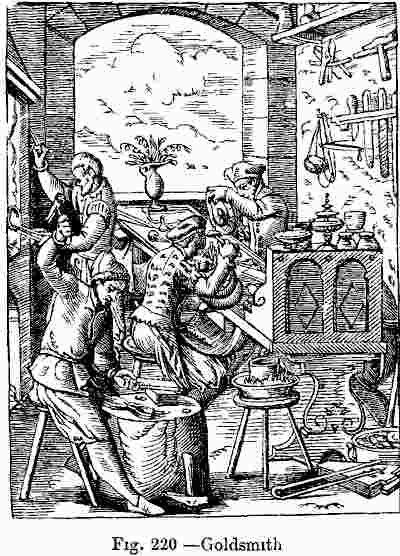 newsletter # 38 - JUNE 2007
newsletter # 38 - JUNE 2007www.ASCASonline.org
email: silverassociation@yahoo.it
YOUR GUIDE TO THE JUNE NEWSLETTER:
articles new members
members' window
|
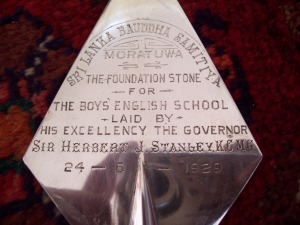 Malcolm Stander presents:
Malcolm Stander presents:History through silver trowels Since the early 19th century silver trowels were used in ceremonial occasions to lay a foundation stone. Usually they were engraved with an inscription commemorating the event. In this article a collection of seven silver trowels is illustrated together with historical information about Sri Lanka and its interesting background of the English, Americans, Missionaries, etc, all adding up to some thought provoking history of this country.... click here |
New members
Welcome to new ASCAS members:
Justin Jack - Scotland UK
Christian Buffeteau - France
Derek Jones - Australia
Pat Maguire - Ireland
Robert Miller - USA
Sherry L. Rosemberger - USA
Sara L. Russel - England UK
John Shields - USA
Jaap van der Wal - the Netherlands
Marcel Vrouwenvelder - the Netherlands
Jenifer Zoutendyk - USA
Members' Window # 38
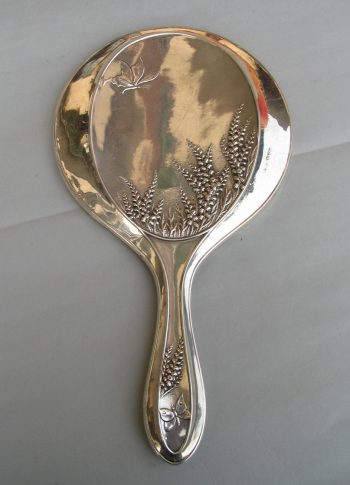
|
Mail to ASCAS: e-mail
silverassociation@yahoo.it
Luigi Masciullo writes:
... I bought two silver salt cellars that I believe to be
made in Palermo (Italy).
I'd need your help to identify the maker. On the mark I decipher
the letters GLV, while the letters under the eagle are "VP".
Thanks
Luigi
Under the eagle the letters are "RUP" (Regia Urbis
Panormi, (letter "U" looks as a "V").
This mark was used officially until 1826, but it was in use also
after this date as the new mark (Ceres head) was rarely used.
I'm unable to find silversmith's mark GLV.
Possibly it belongs to Giuseppe La Villa present in an 1826 list
of Palermo's silversmiths.
Giorgio Busetto
The only information I was able to find is silversmith's
name: Compère Leontine (veuve).
I hope that ASCAS members can supply some more information.
Giorgio Busetto
***ANSWER PUBLISHED IN JANUARY 2011 NEWSLETTER***
Kari Helenius writes:
.. Here I have two small cups, the usage or origin I do not
know.
They look as being 17th century German cups. Both are unmarked.
The measures of the right hand cup are total length with handles
87 mm, width 59 mm and height without handles 14 mm.
Maybe somebody of our members would know the origin, use, and
the age of these cups.
Best regards
Kari
Dave Elder writes:
.. I am attaching pictures of an antique silver warmer of
some type that I bought at a yard sale this weekend,
Are you able to tell me what this is?
It measures:
height (unextended) - 5 inches
base width - 2 1/2 inches
lid width - 2 inches
height (extended) - 6 1/2 inches
Thank you
Dave Elder
Hallmarks are not well readable. Possibly they are London
1909, Harrod's Stores Ltd (mark registered on 28th November
1903.
I'm not aware of the use of this item. I hope that ASCAS members
may supply further information.
Giorgio Busetto
Robert Massart writes:
.. I would like to date a French silver mustard pot in my
posession.
It is marked with:
- A lozenge with the maker's mark P.C Cie and an anvil on both
the bottom and the outer side of the lid (I can't find the name
of the maker in my documentation), which could point to the
period that the pot was made.
-A man's head (mark introduced since 1st July 1879 for .950
silver), both on the outer body-side of the pot and the outer
side of the lid
There is also a Minerva head (somewhat faded) on the inside of
the pot and a mark on the inner side of the lid (faded), which I
can't find/define in the Tardy's International hallmarks on
silver
Can you help me with this request ? Maybe the style and maker's
mark will be helpfull to define the period the mustard pot was
assayed.
Regards and thank you already for your advice.
Robert Massart
I've found some information about maker's mark:
Paul Canaux (& Cie)
succède à Mr Mégermond
Fabricant bijouterie orfèvre
Paris, 75 Boulevards Malesherbers
n. de garantie B 526
n. de Prefecture 10896
date d'insculpation 12 April 1892
date de biffage 20 July 1911
symbole une enclume.
Giorgio Busetto
A Victorian Christening cup is illustrated in Silver
Magazine, September-October 1981, on an article written by
Barbara Briggs (In the Life Of A Christening Cup).
The article deals with the silver Christening cup gifted in 1862
by Queen Victoria to Albert, Prince of Hawaii.
It's a sad story, as Prince Albert died on August 27, 1862 (at
the age of four years and three months) before the official
consignment of the cup by Mrs. William Webb Follet Synge (the
British Commissioner and Consul General to Hawaii). The cup is
exhibited in Honolulu, in the Queen Emma Summer Palace.
I believe that a copy of this article may still be obtained
through Silver Magazine website.
Giorgio Busetto
Bill Belisle writes:
.. I am trying to identify the marks on a pair of what appear
to be silver food warmers about 8 1/2 in. diameter. The body of
the pieces test for silver, but silver plated feet and handles
were soldered on (not with perfect workmanship) -- at a later
time.
The hallmarks include what appears to be a cat with whiskers and
what may be a "CC" or "OO" or something similar below the image
on the left and right.
Also there is a mark with capital letters "IO" and some image to
the left.
I've searched Tardy's and Wyler's silver books but cannot find a
reference.
I thank anyone who can provide any help.
Bill Belisle
Leslie Gray writes:
.. Would anyone or more of our members be able to help with
the identification of the two apostle spoons which I have in my
possession?
The two names on the stems are "St.Jacobus DAE" (the AE joined
together) and "St.Johannes".
On the back of the bowls are "N" in a circle and "GS" in a
similar circle.
Size 7.6 inches overall. They look and seem like silver but I am
not sure.
Leslie Gray
Replies to questions
| Riccardo
Bresemann receives this reply about his question about
his Russian Basket:
( see May Newsletter) Juhana kerppola writes: ... about 'Another question by Riccardo Bresemann ',
|
| Gino Gatta
receives another reply about his WMF item
( see February Newsletter) Krista Bartlett writes: I read the answers by Ellen Fuerst and James Baldwin in newsletter #
35 stating that it is a biscuit box.
|
Great interest for "One and All" article # 81 by Wayne Bednersh published in May Newsletter Norma Young writes: No doubt a lot of people of Welsh, Scottish or Irish
descent will be writing.
|
"A PAGE per MONTH"
In this column we present a page (one
page only) obtained from makers' brochures, books, auction
catalogs or whatever other printed paper, which may be of
particular interest for ASCAS members.
The images will be published at a "low resolution" level and for
private and personal use only
"A WORD per MONTH"
In this column we presents an abstract
from a page of the "What is? Silver Dictionary"
courtesy of
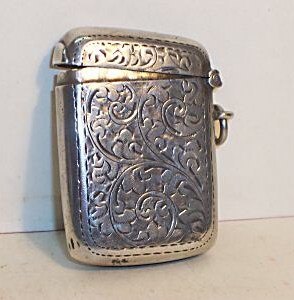
|
VESTA CASE
|
Closing our JUNE 2007 edition of ASCAS Newsletter I hope you have appreciated its content.
Your comments, suggestions and advice will be of great help.
My thanks to Krista Bartlett (Germany), Bill Belisle (USA), Dorothea Burstyn /Canada), Jayne Dye (USA), Dave Elder (USA), Mario Galasso (Italy), Leslie Gray (England), Kari Helenius (Finland), Juhana kerppola, Luigi Masciullo (Italy), Robert Massart (Belgium), Malcolm Stander (South Africa), Michael Yabsley for their invaluable contributions.
Giorgio Busetto
Secretary
ASCAS is a community of people having a common
interest in antique silver.
|

